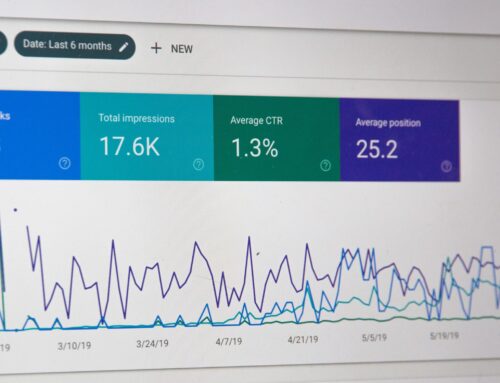 What are Performance Support Tools?
What are Performance Support Tools?
Performance Support Tools (PSTs) are items that provide employees with real-time support in the form of learning modules, infographics, and checklists, among many others. PSTs exist to reduce the effects of the 70:20:10 model for Learning and Development, which shows that workers learn:
* 70% from on the job experiences
* 20% from interactions with others
* 10% from formal learning events
With these numbers in mind, companies need to revise learning strategies so that they are taking advantage of the informal stages. This is where the value of PSTs is felt.
Why You Should Use Performance Support Tools

via growthengineering.co.uk
Formal learning often loses potency when it’s only implemented over a few workdays maybe once a year.
There’s little chance for employees to transfer the information to long term memory. The forgetting curve shows us how this works.
When we learn information, much of it is lost after one day. From then on, information continues to be lost, but at a slower rate.
The main way PSTs fight this issue is by giving workers consistent access to information. This is a core element of microlearning, the fact that giving information in small scattered chunks helps reinforce key content. Constant exposure to information forces the brain to retain it. With these points in mind, we see the benefits of PSTs in that they allow employees to:
* Learn and work at the same time
* Gain a sense of independence in their tasks, since they can learn on their own
* Be more efficient, as they have better retention and are more competent
* Become familiar with new products or projects easily
What Your Performance Support Should Look Like
One of the first things you need to identify when creating your PSTs is what your priorities are. In other words, what aspects of your training do you want learners to retain the most? Once you’ve found them, your PSTs need to be focused on reinforcing those important pieces. With the specific outcomes in mind, you can keep the performance support relevant and in an order that makes sense. There should be a natural flow when an employee uses a PST. The access to information should be easy to access when they’re in their daily working rhythm.
Checklists are a long-standing PST that are used when a task needs to be completed in a specific way. We need checklists because the human brain can only remember so many intricate details. Often, a task can be seriously affected just by missing one step in the process. A checklist that goes over a task in step-by-step fashion gives the quick reference that helps employees work independently and efficiently. New hires and experienced workers can both benefit from having checklists to guide them in their day-to-day.
Performance support is best used for practical information, not overall summations. For example, if you had learning modules that you wanted your salespeople to use when they needed something, they shouldn’t have to go through a flood of unnecessary information. So, rather than a broad module like, “How to get new clients,” a more useful one would be “What to do when you don’t have the exact services that a potential client wants.”
Domino’s has a great micro-learning program that teaches its employees how to make quality pizzas quickly and efficiently. The program blends videos, modules, and gamification into one learning experience. These bite-sized modules save time and money, as the company doesn’t have to hire outside trainers or make employees watch long videos that they’ll soon forget. Employees aren’t just thrown to the wolves though, as franchisees oversee their progress and can change the roadmap wherever they need to. On top of that, learners have a fully customized experience where they can track their progress and work on their weaknesses. The program was effective in saving money via proper pizza portioning and decreasing the number of customer complaints.
What to Take Away
PSTs are rising in supply and demand every day. Companies are seeing that employees benefit from constant and flexible learning. Whether it’s new software, new guidelines, or just new employees, there are massive benefits in letting workers learn on their own. The in-time learning PSTs offer means that employees don’t have to step out of their workflow for an answer. And the flexible learning they offer means that employees can learn on the train to work, or in the 10 minutes before picking up their kids from practice. These perks make PSTs able to fight against the forgetting curve and make information stick. So, whether you’re going for a fully-fledged eLearning course or just making use of your checklists, PSTs can help your workers become more competent and improve their output.

 What are Performance Support Tools?
What are Performance Support Tools?



